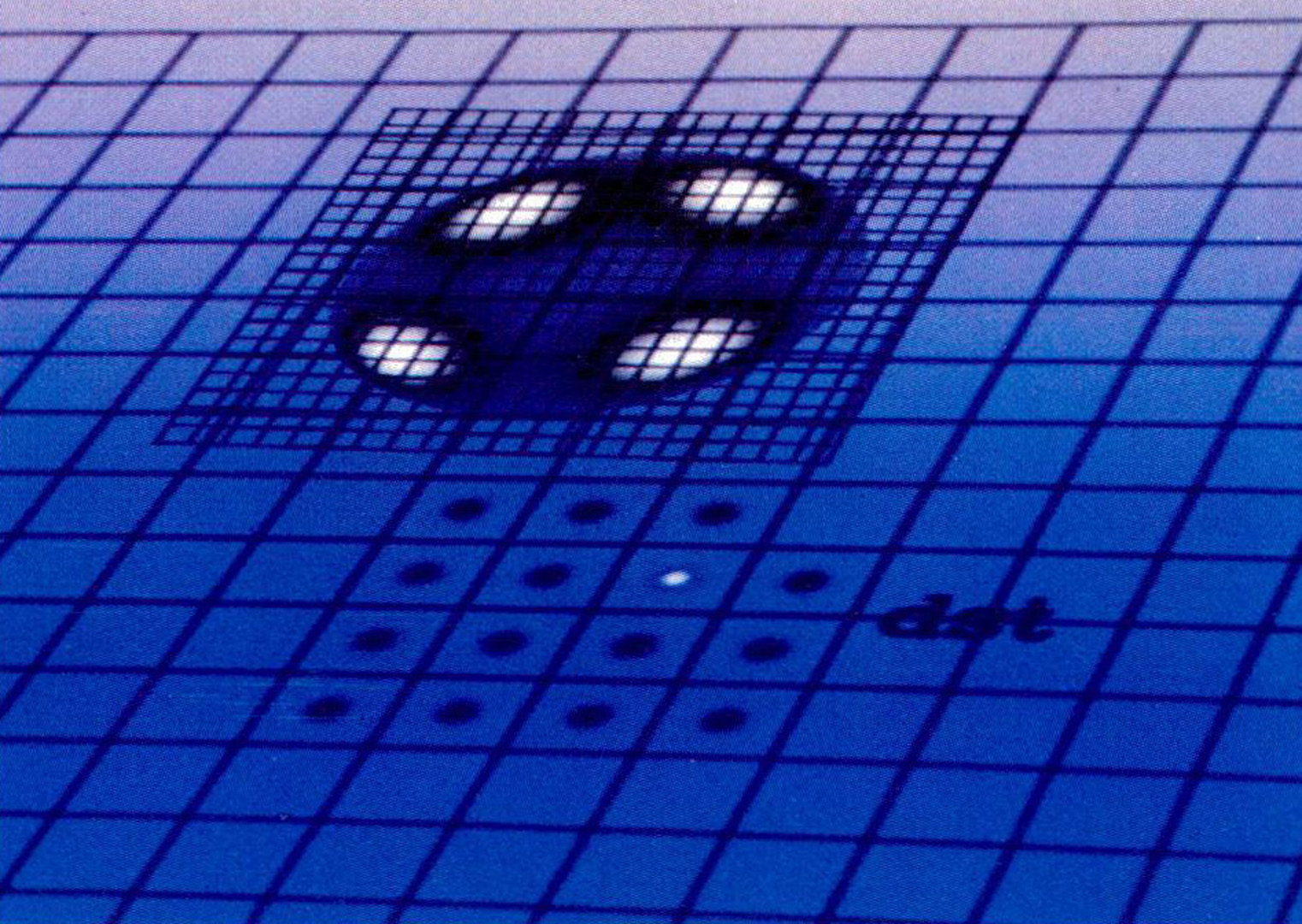“Anti-aliased line drawing using brush extrusion” by Whitted
Conference:
Type(s):
Title:
- Anti-aliased line drawing using brush extrusion
Presenter(s)/Author(s):
Abstract:
This algorithm draws lines on a gray-scale raster display by dragging a “brush” along the path of the line. The style of the line is determined by the properties of the brush. An anti-aliasing calculation is performed once for the brush itself and thereafter only a trivial additional operation is needed for each pixel through which the brush is dragged to yield an anti-aliased line. There are few constraints on the size, shape, and attributes of the brush. Lines can be curved as well as straight, It is possible to produce lines with a three dimensional appearance.
References:
1. Ackland, Bryan D., and Neil H.E. Weste, “The Edge Flag Algorithm – A Fill Method for Raster Scan Displays,” IEEE Transactions on Computers,C-30, 1, January 1981, pp. 41-48.
2. Barros, Jose, and Henry Fuchs, “Generating Smooth 2-D Monocolor Line Drawings on Video Displays,” Computer Graphics,13, 2, August 1979, pp. 260-269.
3. Bishop, Gary, “Gary’s Ikonas Assembler,” Department of Computer Science, University of North Carolina at Chapel Hill, 1982.
4. Catmull, Edwin E., “A Subdivision Algorithm for Computer Display of Curved Surfaces,” PhD thesis, Dept. of Computer Science, University of Utah, December 1974.
5. Catmull, Edwin E., “A Hidden-Surface Algorithm with Anti-Aliasing,” Computer Graphics,12, 3, August 1978, pp. 6-11.
6. Crow, Franklin C., “The Aliasing Problem in Computer Synthesised Shaded Images,” PhD thesis, Dept. of Computer Science, University of Utah, March 1976.
7. Crow, Franklin C., “The Use of Grayscale for Improved Raster Display of Vectors and Characters,” Computer Graphics,12, 3, August 1978, pp. 1-5.
8. Crow, Franklin C., “A Comparison of Antialiasing Techniques,” IEEE Computer Graphics and Applications,1, 1, January 1981, pp. 40-48.
9. Feibush, Eliot A., Marc Levoy and Robert L. Cook, “Synthetic Texturing Using Digital Filters,” Computer Graphics,14, 3, August 1980, pp. 294-301.
10. Gupta, Satish, and Robert F. Sproull, “Filtering Edges for Gray-Scale Displays,” Computer Graphics,15, 3, August 1981, pp. 1-5.
11. Kajiya, James T., and M. Ullner, “Filtering High Quality Text for Display on Raster Scan Devices,” Computer Graphics,15, 3, August 1981, pp. 7-15.
12. Kernighan, Brian W., and Lorinda L. Cherry, “A System for Typesetting Mathematics,” Communications of the ACM,18, 3, March 1975, pp. 151-157.
13. Kernighan, Brian W., “PIC – A Graphics Language for Typesetting,” Software Practice and Experience, January 1982.
14. Newman, William M., and Robert F. Sproull, Principles of Interactive Computer Graphics, (McGraw-Hill, New York, ed. 2, 1979), p. 263.
15. Ossana, Joseph F., “NROFF/TROFF User’s Manual,” Bell Laboratories Computing Science Technical Report #54, 1976.
16. Smith, Alvy Ray, “Tint Fill,” Computer Graphics,13, 2, August 1979, pp. 276-283.
17. Smith, Airy Ray, “Paint,” in Tutorial: Computer Graphics, J.C. Beatty and K.S. Booth, eds., (IEEE Press, 1982), pp. 501-515.
18. Turkowski, Kenneth, “Anti-Aliasing through the Use of Coordinate Transformations,” ACM Transactions on Graphics,1, 3, July 1982, pp. 215-234.
19. Wallace, Bruce A., “Merging and Transformation of Raster Images for Cartoon Animation,” Computer Graphics,115, 3, August 1981, pp. 253-262.
20. Warnock, John, “The Display of Characters Using Gray Level Sample Arrays,” Computer Graphics,14, 3, July 1980, pp. 302-307.





